There’s been a strong sense of pre-Christmas turkeys coming home to roost in this week’s news, as stories I’ve written about for months or years have reached, if not a denouement, then at least a new twist in the plot. Saddest of these is Crossrail, London’s east-west mass–transit system that was originally scheduled for its royal opening next week: now we hear it needs ‘hundreds of millions’ more of public money if it is to meet its delayed completion a year hence, though even that date no longer looks a safe bet. Its chairman Sir Terry Morgan has announced that he’s waiting to be sacked, both from Crossrail and from the chairmanship of the possibly even more troubled HS2 project.
I don’t know Morgan well but I’ve always found him impressively straightforward: his role was not to drive the tunnelling machine but to marshal multiple contractors while keeping funders and bankers at bay and giving timely warning when budgets began to show stress. It’s a huge disappointment that this £15 billion project — which until a few months ago looked set to finish on time, within a slightly elastic funding envelope, and become the showpiece that would sell British civil engineering skills to the post-Brexit world — seems to have all but collapsed on the final lap.
There has been no adequate explanation; and there’s still no sign, by the way, of finishing works on the Bond Street station which I’ve observed week by week for years. But if I had to choose between Crossrail’s veteran chairman and his twin overlords, London mayor Sadiq Khan and Transport Secretary Chris Grayling, as to who has given a more honest account of progress and problems to the taxpayer and the travelling public, I’d put my faith in Terry Morgan.
Complete Horlicks
A story I wrote about in June was the fate of Horlicks, the malted milk drink patented in the US in 1883 by two British-born brothers and manufactured in Slough for more than a century. Though rarely found in British kitchen cupboards since the 1960s, it had become a hugely popular (because supposedly health-giving) beverage for Indian mothers to feed to their children. Previously owned by Beecham, it ended up as an orphan brand in the portfolio of the pharma giant GlaxoSmithKline, which decided to auction it and reinvest the proceeds in a cash-guzzling healthcare joint venture.
The winner turns out to be the consumer goods conglomerate Unilever, outbidding Nestlé and Coca-Cola at €3.3 billion — which it thinks a fair price for a new footprint in the Indian market that accounts for 90 per cent of Horlicks’ sales. A minor point of irony is that this is likely to be the last deal for Unilever’s ‘retiring’ Dutch chief executive, Paul Polman, who made such a complete Horlicks (to coin a phrase) of trying to scrap Unilever’s Anglo-Dutch dual corporate structure, with a view to running it all from Rotterdam. Unilever’s UK shareholders who took exception to Polman’s disdain for London — and effectively defeated his plan — may be amused to see him buying, as a farewell gesture, a product that’s still seen around the world as a fine British brand.
Huawei go again
Then there’s Huawei, the Chinese telecoms monster whose origins, according to legend, are mysteriously intertwined with the People’s Liberation Army. Despite its own repeated protestations that it is an entirely commercial and globally competitive venture, owned by its managers and workforce, I’ve been suggesting since 2012 that this company merited closer scrutiny. That was back when it was reported to be ‘working closely with GCHQ’ to prove — via a specially established ‘cyber security evaluation centre’ at Banbury — that Huawei kit used in networks on which the Cheltenham spy centre depends was not vulnerable to hacking or ‘backdoor’ leaks.
Now that telecoms providers around the world are about to start introducing ‘5G’ (next-generation technology) networks, the FT says ‘US officials have toured Europe to warn against using Huawei equipment’, while Australia and New Zealand have taken the US line and banned it. A report in July by the UK’s National Cyber Security Centre spoke cautiously of ‘technical issues … in Huawei’s engineering processes, leading to new risks’, with particular reference to components supplied by third parties — suggesting that potential problems go wider than Huawei itself. Even MI6 chief Alex Younger, in a rare public appearance this week, has expressed concern about UK policy in relation to ‘Chinese ownership of these technologies and these platforms’ when some of our closest allies clearly harbour doubts about them.
It does seem rather extraordinary, if such high-level question marks persist, that in the years since some of us started spotlighting the story, Huawei has continued to sell billions worth of sensitive infrastructure equipment in many countries. You’re even likely to find, as I have, that the green exchange box at the end of your street is one of theirs. So let’s hope those boxes really are as clean as they claim. If not, the telecoms world has an unusually clear line to China but a very tricky problem.
Last-mile mobility
Last month I carried exciting news across the Atlantic of a craze for the rented electric scooters that can be found littering the sidewalks of Los Angeles and other US cities where the sun shines. Ford had just paid top dollar for a scooter start-up called Spin, and now I read that Uber — the ubiquitous online ridesharing service that also operates smaller West Coast scooter fleets of its own as well as an ‘e-bike’ venture called Jump — is in talks to buy either Bird or Lime, the two fast-expanding leaders of what we will soon learn to call the ‘last-mile mobility’ market. Stand by for a plague of abandoned scooters on British pavements, as the craze sweeps this way and meets our winter weather.
Got something to add? Join the discussion and comment below.
Get 10 issues for just $10
Subscribe to The Spectator Australia today for the next 10 magazine issues, plus full online access, for just $10.
You might disagree with half of it, but you’ll enjoy reading all of it. Try your first month for free, then just $2 a week for the remainder of your first year.


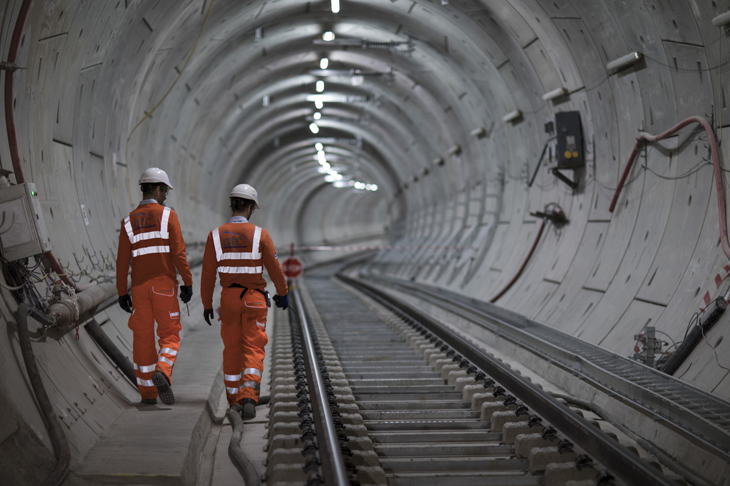
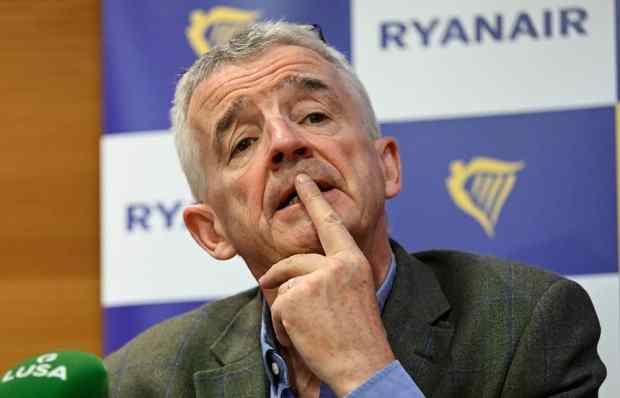
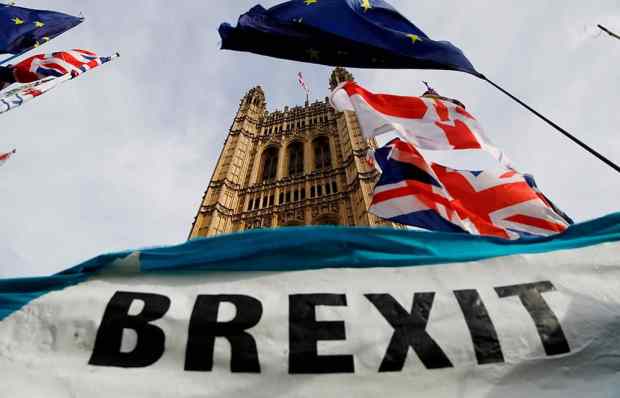
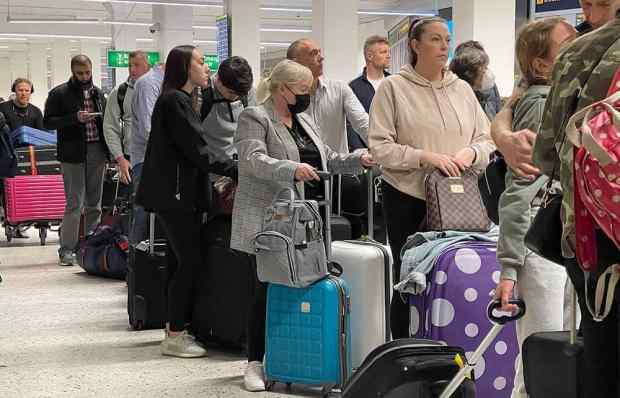
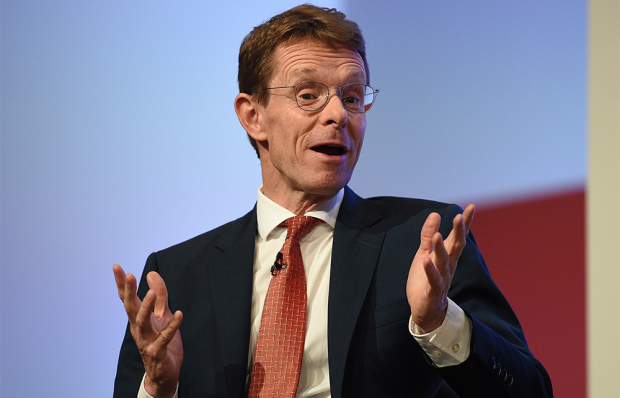
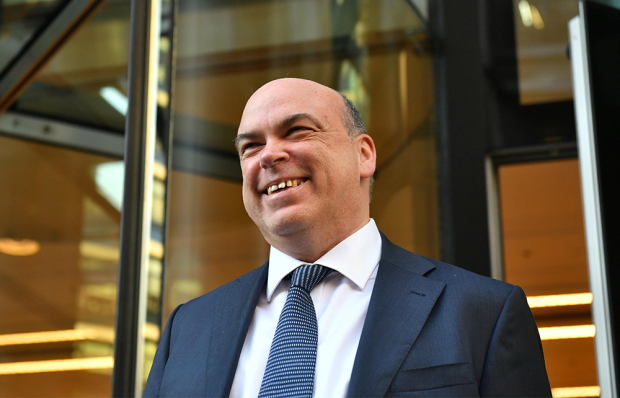
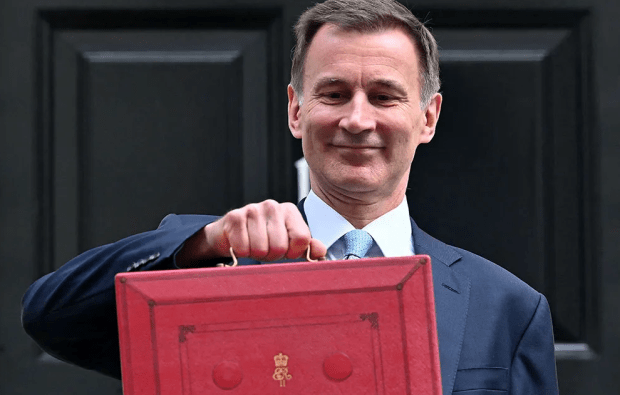






Comments
Don't miss out
Join the conversation with other Spectator Australia readers. Subscribe to leave a comment.
SUBSCRIBEAlready a subscriber? Log in